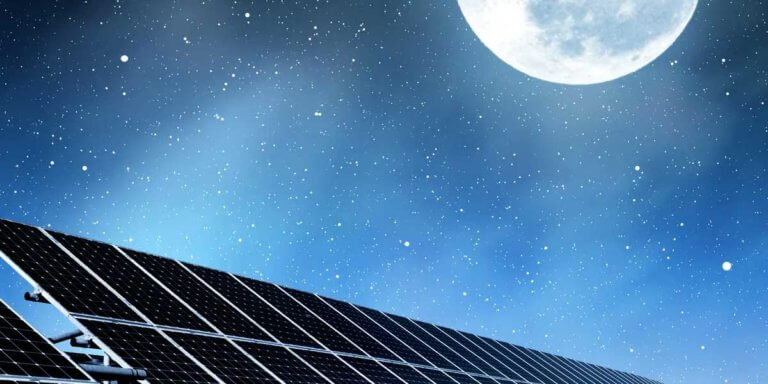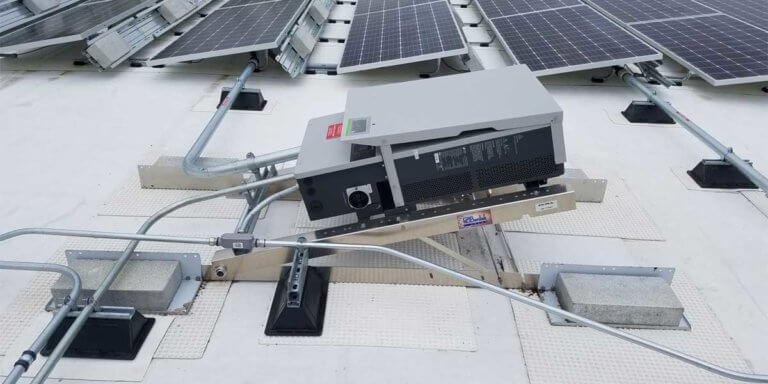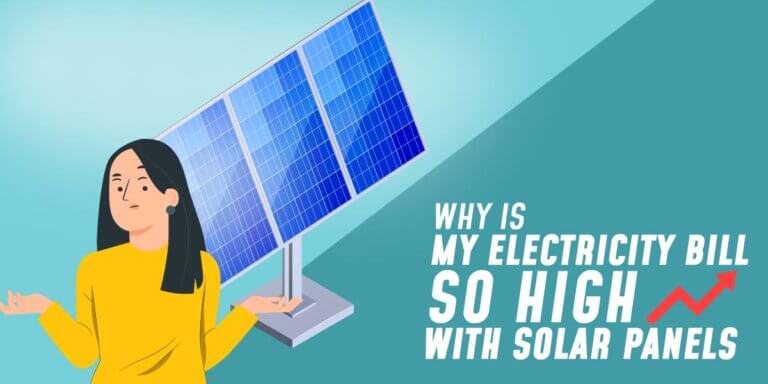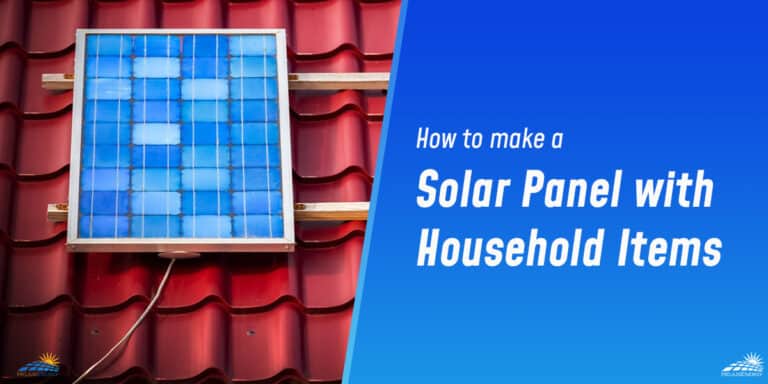How To Protect Solar Panels From Hail
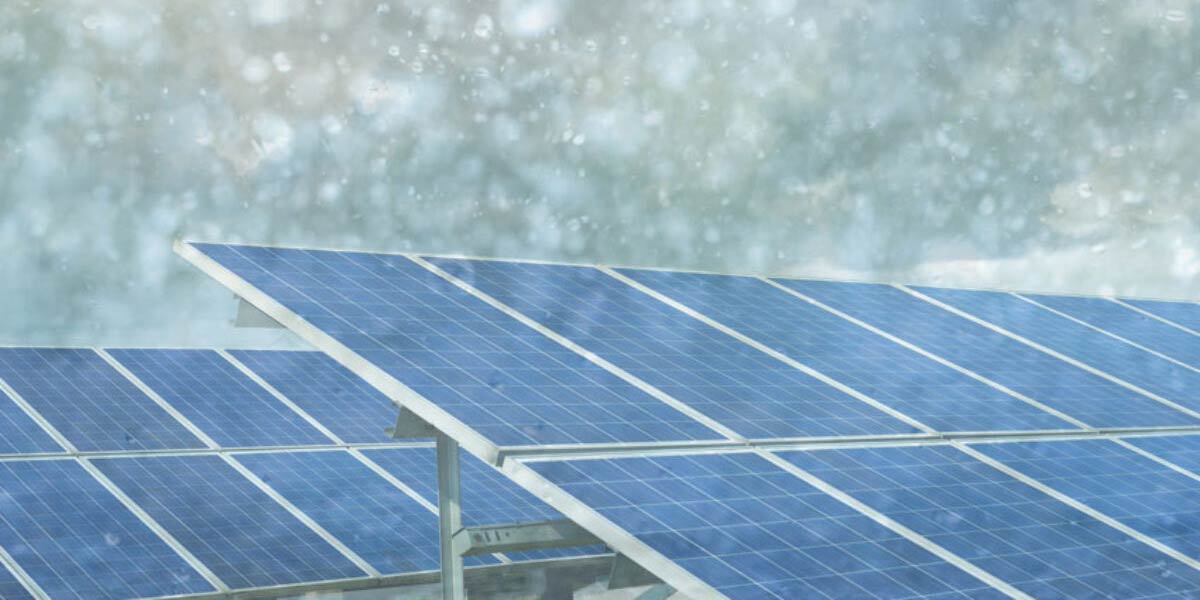
Solar panels are used to convert the sun’s energy, or solar energy, into electricity. Their use has increased over the years and is now a cost-effective way of generating power. However, these panels have been known to stop functioning during hailstorms. This is because hail can damage solar panels in various ways.
The main problem with hail affecting solar panels is that it ultimately reduces the amount of energy generated from them, which can be costly for businesses or households that rely on them.
Wind can also cause problems for solar panels, including blowing dust onto the surface of the panels and lifting them off their mounts which is why solar panels need to be cleaned regularly. Thus, in this article we will inform you how to protect solar panels from hail and what you can do to solar panels damaged by hail.
How Solar Panels Get Damaged?

Nowadays, more and more homeowners are opting to install solar panels on their homes. These homeowners have chosen this alternative energy source because it’s efficient and eco-friendly. But, like any other technology, solar panels aren’t unbeatable.
The surfaces of solar panels are backed up by glass sheets, which provide insulation. Solar panels get affected mainly by weather conditions like rain, storms, hail, lightning strikes, humidity, and extreme heat. But there are some external causes such as damage caused by animals and dust accumulating that can affect the solar panel’s efficiency.
These factors may break the glass sheet or lead to leakage of charge, reduce the voltage, and even, in some cases, cause solar panels to catch fire. The damage can be seen physically or in reduced output.
Can Solar Panels be Damaged by Hail?
Hail is known for ruining cars, windows, gardens, and roofs, but what about solar panels?
Yes, solar panels can be damaged by hail. Hails are solid precipitates of the sky. They can damage solar panels physically and break the glass sheet that protects the solar panel. Hail damages solar panels in the same way that a heavy object, such as a stone, would.
If we take an example, you might have heard about the hail storm that took place in Colorado. Many reports stated that solar panels were affected at large, but not all the panels were affected.
How Does Hail Damage Affect Solar Panels?
Solar panels can be damaged in various ways, which can cause many problems.
Solar panels are made up of tempered glass, which is the same material used in the windscreens of cars. Hail can cause the toughened glass to shatter or cause dents in it. Hail can also have an invisible impact by creating micro specks in solar cells. The damage caused can affect the solar panel’s performance.
The solar cells will not generate electricity efficiently, and the moisture present inside will damage the other components, leading to a short circuit.
Both types of damage result in a considerable decrease in the panel’s energy production and, as a result, a reduction in its useful lifespan. Even minor damage to a solar panel’s coating is a problem: any scratch or break limits the amount of sunlight reaching the cells inside.
Hailstones with more than one-inch diameter inflict the most damage to solar panels. Larger hailstones, especially those with a diameter of 1.5 inches or more, are more likely to cause visible damage. During a severe storm, solar panels may be damaged by falling or flying debris, such as tree branches.
Solar Panels Hail Protection Tips
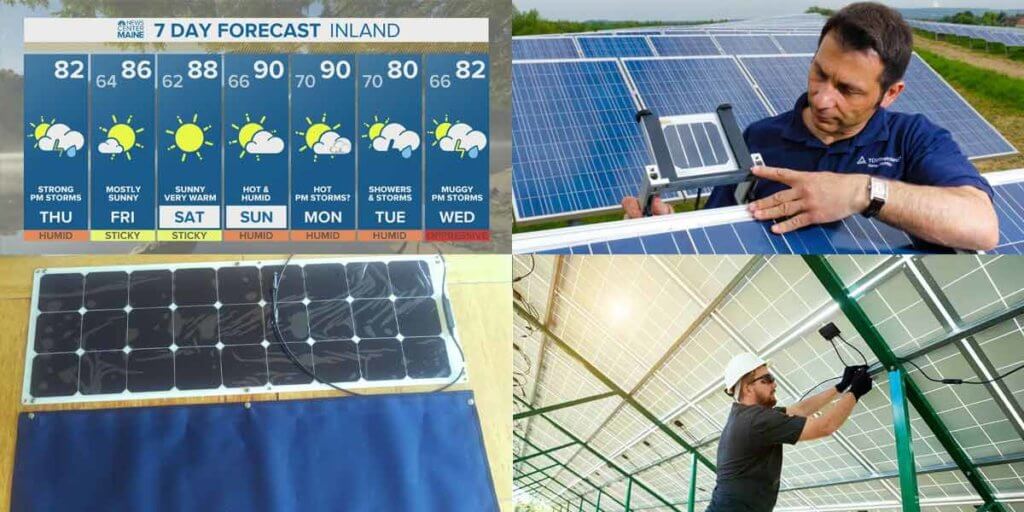
Protecting solar panels is just a task of common sense. All you have to do is do a little brainstorming. Hence, it will save you time as well as money. The following are the ways that answer “how to protect solar panels from hail”:
- Call the technician periodically.
- Use protective covers.
- Weather predictions
- Allow a layer of methacrylate to
- Arrange the panels at an effective angle.
- Use cleaning robots.
1. Check The Weather
Weather conditions mainly damage solar panels (like rain, hailstorm, lightning strikes, etc.). Use the weather forecast predictions to know about the weather and take the necessary actions to prevent solar panels from being damaged. Additionally, with a little investment, all you can do is use solar panels’ protective covering, which no doubt is very effective.
2. Do You Do Research on Solar Panels Before Purchasing Them?
Before buying solar panels, one should always research factors such as their efficiency, maintenance, cost, suitability for your house, and where they will be placed. Are they not affecting other resources, i.e., are they eco-friendly or not?
Does your roof need repair? How much weight can the roof handle (otherwise, the roof may collapse)? Is there any facility for sunlight? If it rains, there should be a proper drainage system because water can block at the edges, which may cause damage.
If all these factors are okay with you, then make sure you’ve done your job before signing any contract with a contractor. Selecting the first contractor you come across may appear to be a quick and straightforward way to begin saving money right now. However, this isn’t always the case!
If you’re serious about having solar panels installed on your roof, shop around and get bids from other installers. Make sure these businesses are respectable and have satisfied consumers by researching them.
After speaking to numerous contractors, you should be able to make the best and most informed decision. You can compare quotes, user reviews, and other information. Last but not least, insurance is a must.
You must have adequate insurance to cover both yourself and any damage to your house that may occur during the installation process.
3. Solar Panel Covers
Solar panel covers are an ideal and crucial way to benefit from the power of the sun on your rooftop. They provide shade for your solar panels and help reduce heat loss, protecting them against damage.
The most important thing about a solar panel cover is that it is non-toxic and does not contain metallic elements or volatile organic compounds (VOCs). It must be PVC-free, phthalate-free, lead-free, and fire-resistant.
4. Maintenance
It has been estimated that worldwide, solar power systems will require an average of 2 to 4 hours a year of maintenance. Solar panels are an essential part of the renewable energy revolution. Some hail damage to solar panels is undetectable, and you’ll only know they’re harmed by their decreased performance.
Being involved in the day-to-day maintenance of your solar panels is the only way to know whether they are underperforming.
These solar panels work with the wind turbine to create electricity for a home or business. However, these systems do require some essential maintenance and upkeep to ensure that they will last for many years to come.
Professional technicians are well-versed in the physical and internal workings of solar panels. Performing normal inspections will not reveal the issue. They will assist you in determining the panel’s power generation rate and current condition. So, call a technician regularly to check the solar panels.
What To Do If Your Solar Panel Gets Damaged by Hail?
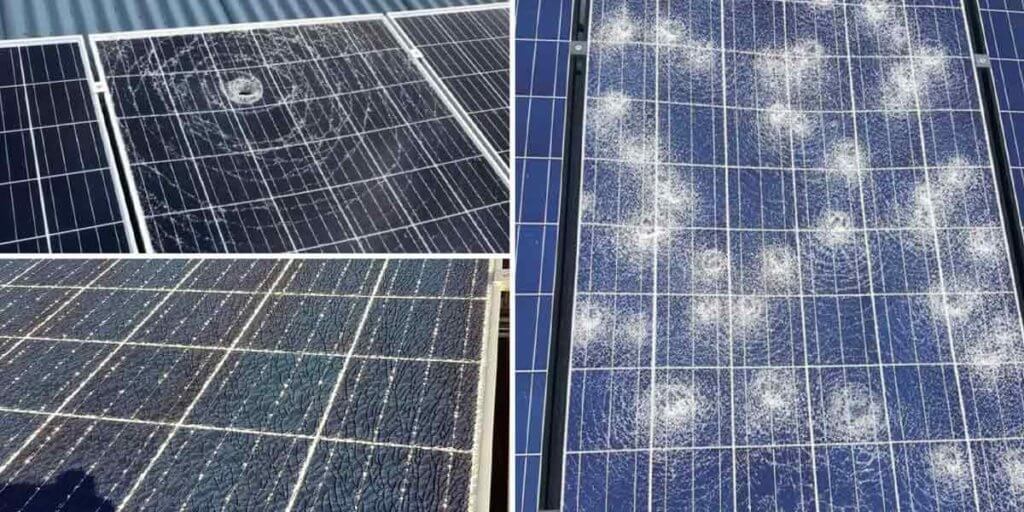
Solar panels are designed to withstand the majority of weather conditions. With proper maintenance, they can last for decades without severe storm damage. However, solar panels are not resistant to hail, and the high winds and storms that occur during hail can cause some significant damage. A solar panel that has been damaged will have a lower output than it used to have.
1. Insurance
Insurance is a significant way to protect yourself from any unnecessary expenses. A general insurance company offers insurance policies to secure life, health, vehicles, and homes, but what about solar panels?
You must have adequate insurance to cover both yourself and any damage to your house that may occur during the installation process. Solar panel insurance is essential because the system you have installed could cause a fire or other damage. So, you need to be covered by insurance if it happens.
Solar panels installed on your roof are considered part of the structure of your home and may be covered by your home policy. Even so, don’t take it for granted that you’ll be safe. Read your insurance policy’s fine print and contact your provider for further information about your coverage.
Adding a solar energy system to your home may affect its market value. It’s a good idea to call your provider before installing solar panels on your roof to see whether it will affect your insurance rates.
2. Repair Don’t Replace
Solar panels are expensive. Replacing them would be a huge money loss, but repairing them would still be sufficient for your pockets as well as for you. Save money by repairing rather than replacing. Solar panels are costly, and replacing one without insurance can be a financial burden.
The good news is that, depending on the extent of the damage, a complete replacement may not be required. A cracked glass cover can, in some situations, be replaced. Many solar panel components may be easily and inexpensively replaced, including the mounting frame, cables, connectors, and backing.
The repair of the glass covering and the cells themselves is a more contentious subject. Furthermore, the production of solar panels consumes a lot of energy, water, and chemicals, so if you care about the environment, you might want to reconsider seeing them as disposable.
Conclusion
There are many ways you can protect your solar panels from hail. An effective way to do so is by installing an array of mesh netting or wire fencing around the panels that deflect larger hailstones’ impact and protect the solar cells underneath. You can use a weather radar map and look for storms moving towards your home; it’s better to prepare in advance than have to deal with an unexpected situation later on.

